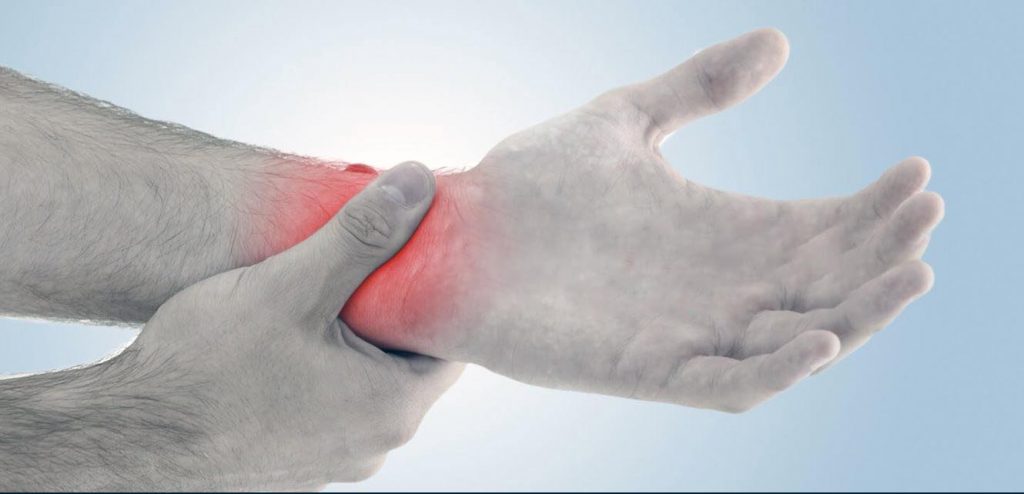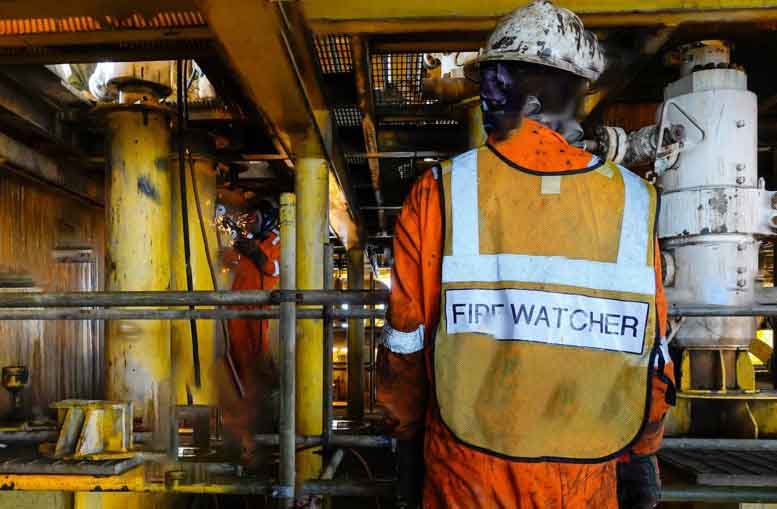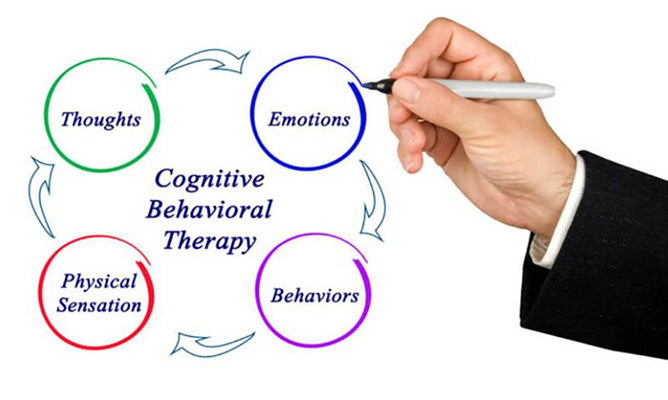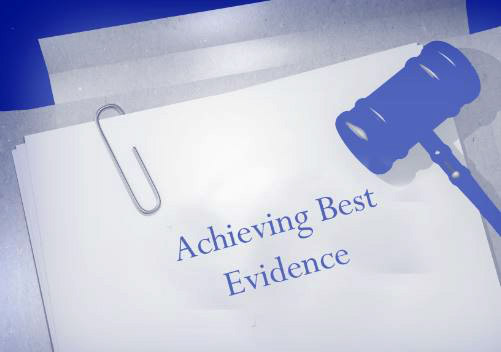Hand-Arm Vibration Syndrome (HAVS): Why Everyone Needs This Online Training Course

In any industry where power tools, handheld machinery or vibrating equipment are commonplace, employees face a hidden but serious threat: Hand-Arm Vibration Syndrome (HAVS).
Often dismissed as a minor irritation—perhaps a tingle in the fingertips, or a slight loss of dexterity—HAVS can culminate in irreversible damage to nerves, blood vessels and joints if left unchecked. For workers, supervisors, managers and safety professionals alike, a robust understanding of HAVS is not merely beneficial; it is essential.
In this blog post, we explore why enrolling in the Safetyman Academy’s HAVS Awareness Course is a vital investment in personal well-being, regulatory compliance, and corporate responsibility.
Understanding HAVS: A Silent Risk
Every day, countless operatives across construction sites, manufacturing plants, utilities, and forestry use tools that vibrate at levels high enough to cause injury. When vibration is transmitted into the hands and arms repeatedly over weeks, months or years, it can cause a range of symptoms—from tingling and numbness (often referred to as “white finger”) to chronic joint pain and reduced grip strength. These effects are cumulative, progressive and, in many cases, irreversible. By the time an employee realises something is seriously wrong, it may be too late to prevent permanent disability.
Yet HAVS is entirely preventable—so long as workers know how to recognise early warning signs and implement measures to reduce harmful exposure. This is precisely why the Safetyman Academy’s HAVS Awareness Course offers indispensable training. It equips learners with the practical expertise to identify risk factors in their day-to-day roles and empowers them to act before damage becomes permanent.
Who Stands to Benefit?
- Workers
For those operating vibrating tools, awareness is the first line of defence. The course gives frontline staff:
- Knowledge of early symptoms (tingling, blanching of the fingers, loss of dexterity).
- Techniques to assess work routines and spot hazards (for instance, tools exceeding safe vibration thresholds).
- Practical advice on using anti-vibration equipment (gloves, tool mounts) and organising rest breaks effectively.
By understanding the mechanics of vibration injury, workers can protect their health and maintain their productivity over the long term.
- Supervisors & Line Managers
Supervisors are the bridge between policy and practice. The HAVS course helps them:
- Conduct basic vibration risk assessments, using simple measurement techniques and daily exposure calculations (the A(8) value).
- Schedule job rotation or implement administrative controls to limit individual exposure times.
- Interpret manufacturer data on tool vibration levels and insist on maintenance to prevent excessive wear.
With this knowledge, supervisors can tailor workflows that minimise HAVS risk without sacrificing operational efficiency.
- Safety Professionals & Health Practitioners
Dedicated health and safety specialists will find the HAVS course particularly valuable because it:
- Details the legal framework enshrined in the Control of Vibration at Work Regulations 2005 (and associated HSE guidance).
- Explains employer responsibilities—such as providing suitable equipment, delivering health surveillance and keeping accurate exposure records.
- Explores case studies illustrating successful HAVS prevention programmes across various sectors.
Equipped with evidence-based strategies, safety professionals can lead comprehensive HAVS mitigation initiatives, ensuring that their organisations remain compliant and avoid costly enforcement action.
The Course Content: A Comprehensive Roadmap
The Safetyman Academy’s HAVS Awareness Course is deliberately modular, guiding learners from the fundamentals of vibration science to advanced control measures. Core subjects include:
- **Vibration Physics & Human Physiology **
– How vibration frequencies and magnitudes affect blood vessels and nerves
– The biological mechanisms behind white finger and nerve degeneration - **Recognising Early Signs & Symptoms **
– Identifying vascular (blanching, whiteness) and neurological (numbness, tingling) indicators
– Musculoskeletal complaints (joint pain, reduced grip strength) - **Risk Assessment & Exposure Measurement **
– Using vibration meters and calculating daily exposure values (A(8))
– Distinguishing between “exposure action value” and “exposure limit value” - **Control Strategies & Hierarchy of Control **
– Elimination/substitution of high-vibration equipment
– Engineering controls (anti-vibration handles, damping mounts)
– Administrative controls (task rotation, enforced rest breaks)
– Personal Protective Equipment (vibration-reducing gloves) - **Legal Responsibilities & Compliance **
– Overview of the Control of Vibration at Work Regulations 2005
– Employer duties: health surveillance, training, record-keeping
– Employee duties: correct use of controls, reporting defects promptly
By mastering these topics, delegates gain a thorough and practical understanding of how to manage vibration risks at every level.
Benefits to Companies: Saving Costs and Lives
At first glance, investing in training may seem an additional expense. However, when weighed against the long-term costs of HAVS—medical treatments, compensation claims, lost productivity and potential fines—the savings become abundantly clear. Key organisational benefits include:
- Reduced Absenteeism & Turnover
Healthy workers take fewer sick days. By proactively addressing HAVS, companies can avoid disruptive absences and the associated costs of temporary cover or recruitment. - Lower Insurance & Liability Premiums
Demonstrable commitment to employee wellbeing often translates into more favourable insurance rates and reduced legal exposure. - Improved Productivity & Equipment Lifespan
Well-maintained, lower-vibration tools tend to last longer. Moreover, staff working comfortably and safely can focus on high-quality output rather than compensating for discomfort. - Enhanced Reputation & Staff Morale
Showing genuine concern for workforce health boosts morale, encourages loyalty and enhances a firm’s standing within the industry.
Empowering Individuals: Knowledge for Life and Career
Beyond its immediate safety implications, the HAVS Awareness Course offers personal and professional advantages to every delegate:
- Real-World Competence
Learners gain practical skills that can be applied from Day One, such as accurately completing a vibration risk assessment or advising colleagues on tool selection. - Industry Recognition
Upon completion, delegates receive a certificate endorsed by health and safety authorities. This credential is recognised across construction, manufacturing, utilities and more, enhancing CVs and widening job prospects. - Career Advancement
Employees who can demonstrate expertise in HAVS prevention often progress to supervisory or specialist roles within their organisations, with increased responsibility and remuneration.
In short, HAVS training is not just about avoiding harm; it is a stepping stone to long-term career development.
Legal Duties of Employers: Meeting Regulatory Standards
Under the Control of Vibration at Work Regulations 2005, employers must:
- Assess Risk. Conduct a thorough vibration exposure risk assessment to identify workers exposed to vibrating equipment and quantify their exposure in terms of A(8) values.
- Implement Controls. Adopt the hierarchy of control: eliminate or substitute high-vibration tools where possible, then apply engineering and administrative controls, and finally provide appropriate personal protection.
- Train Employees. Ensure all workers understand the hazard, know how to operate equipment safely and recognise early symptoms of HAVS.
- Provide Health Surveillance. Arrange regular health checks for those whose exposure exceeds the “exposure action value,” enabling early detection and intervention.
- Keep Records: Document risk assessments, training dates, exposure data and health surveillance results for inspection by regulatory bodies.
Non-compliance can result in enforcement notices, hefty fines, and, in extreme cases, prosecution. By completing the Safetyman Academy HAVS course, managers and safety professionals can be confident that they understand these requirements and can effectively apply them in practical workplace settings.
Sustainable, Inclusive Training: Reducing Carbon Footprints
Traditional classroom courses frequently involve delegates travelling considerable distances, often requiring overnight stays. The cumulative carbon emissions from transport and accommodation are significant. The Safetyman Academy’s online delivery model sidesteps these issues, offering substantial environmental benefits:
- Eliminated Travel Emissions: No flights, no long car journeys, no train or bus fuel consumed.
- No Accommodation Impact: Zero emissions from hotel stays—lighting, heating, laundry and catering.
- 60-Language Accessibility By providing the course in a range of 60 languages, Safetyman Academy ensures that language barriers do not prevent workers from diverse backgrounds accessing vital training.
This approach is more than an eco-friendly choice; it is a statement of corporate responsibility. Organisations can demonstrate their commitment to sustainability while ensuring that every employee, regardless of mother tongue, receives high-quality HAVS education.
Conclusion: Invest in Health, Safety and Sustainability
Hand-Arm Vibration Syndrome may not be the most sensational occupational hazard, but its consequences can be nothing short of devastating. Early symptoms are easy to overlook, and without appropriate training, there is a real risk that permanent injury will ensue. By enrolling on the Safetyman Academy’s HAVS Awareness Course, companies safeguard their workforce, comply with legal obligations and cultivate a culture of safety. Individuals gain life-saving knowledge, practical skills and enhanced career prospects. Meanwhile, the online format slashes carbon emissions and fosters global inclusivity with 60 language options.
In an era when employee wellbeing, regulatory compliance, and environmental responsibility are all under scrutiny, HAVS training stands as a clear-cut win for everyone involved.
Don’t wait until it’s too late—equip yourself and your team with the insights and tools to prevent Hand-Arm Vibration Syndrome, protect livelihoods and build a more sustainable future.






Another great course Sarah and one which will help protect people at work from this hidden hazard